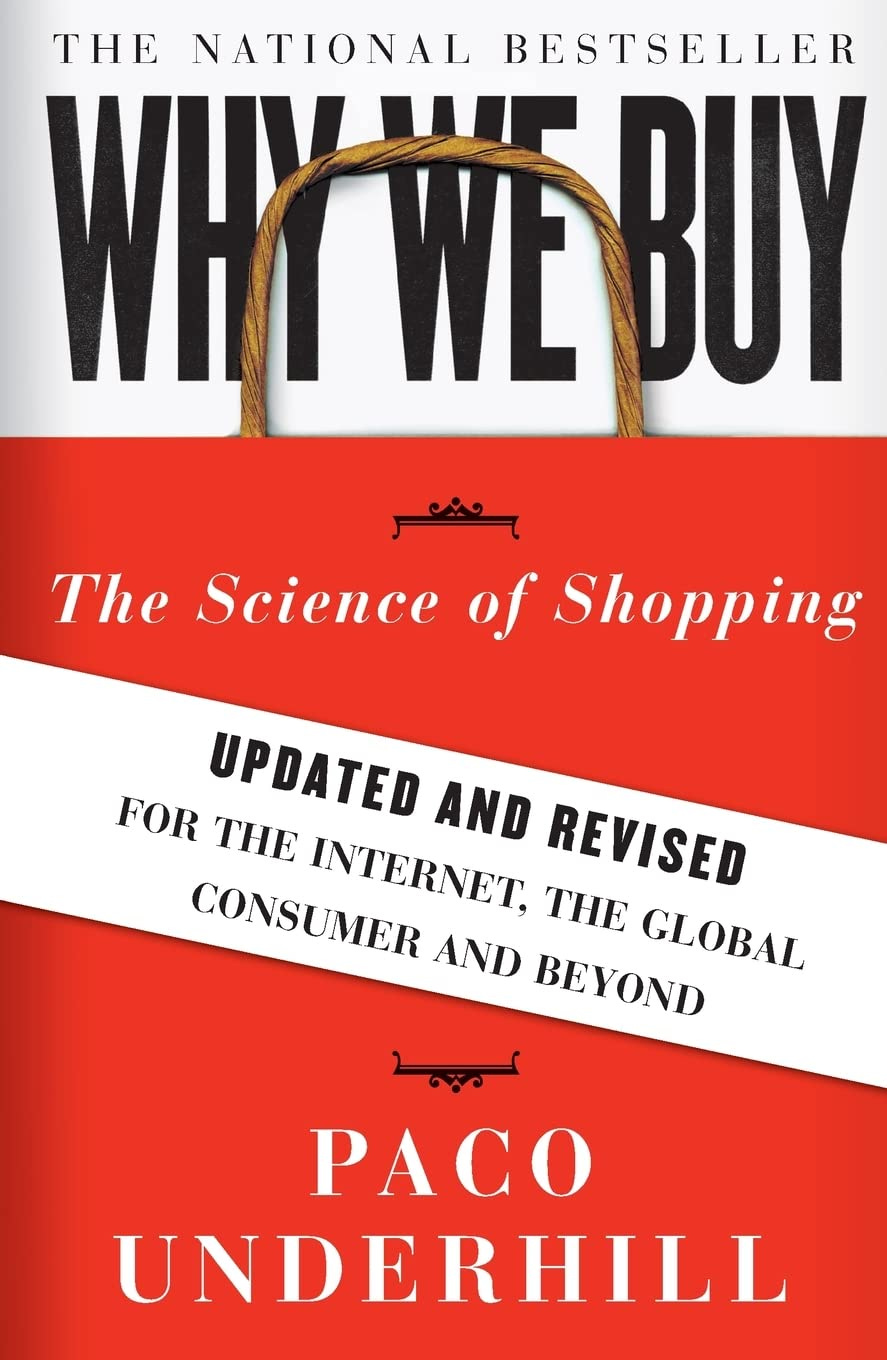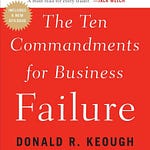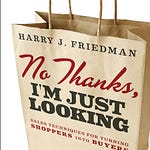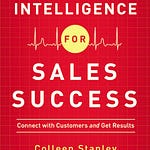Good evening everyone. I am Tom Niklas, a seasoned writer and reviewer.
😁 Welcome everyone to the ReadVault club, join us in reading 52 books a year together!
Today I wish to recommend an excellent bestselling book - Why We Buy: The Science of Shopping. What prompts me to advocate this title? I have long believed that the adept act of smoothly selling a product is a particularly valuable skill, as every business must ultimately complete the sale to thrive. I anticipate many would exclaim upon hearing this - my, the intricate tactics used in stores! If you are a shopper, regardless of being a seller, you must understand the knowledge within this book.
The author is Paco Underhill, an extraordinarily creative retail anthropologist. You may wonder - what exactly does a retail anthropologist do? They utilize various scientific tools like cameras, data sheets and more to observe countless shoppers and gather information such as store entry time, shelf browsing sequence, price tag reading frequency and so on, to determine shopper behavior patterns and psychology. They then optimize the shopping environment based on these findings, to encourage more shopping and greater customer happiness.
Let me give a simple example - in a large supermarket, Underhill noticed customers often holding coffee in both hands, unable to take a basket. Thus the market added a coffee cup shelf to carts, allowing one hand to hold coffee while the other pushed the cart, directly increasing coffee sales by 20%! Seemingly small innovations can engender tremendous impact.
This exemplifies the allure of Why We Buy - it demonstrates how applying behavioral psychology, anthropology and other scientific tools to analyze shopping scenes can formulate more effective sales strategies. Without further ado, allow me to introduce the book's major highlights and core concepts. This book elaborates how to devise enhanced sales tactics through five aspects - shopping environment design strategy, analyzing shopping behavior patterns, planning shopping routes, noting different shopper groups and using sensory marketing. This novel approach fascinated me.
Firstly, I will share the shopping environment design strategy, the crux of the book. It reveals how to grab customer attention and arouse purchasing desire through environmental design. Underhill emphasizes carefully planning the store entrance to shorten the customer's "buffer zone" and swiftly put them in a shopping mindset. What is this "buffer zone"? Consider driving into a parking lot - attention is wholly fixed on finding a spot, oblivious to surrounding stores. Shoppers are similarly unfocused initially and require a transition period. Thus key goods should avoid the entrance, with major discounts or striking visuals used to actively draw notice instead. Statistics show a clothing store displaying sizable markdowns at the entrance attracted 12% more customers.
Next, enable customers to free up at least one hand for shopping. Haven't you experienced clutching coffee in both hands, completely unable to take a basket? Studies prove occupying both hands severely impacts shopping. Thus innovations like providing baskets can resolve customers' "hand problem". A supermarket adding coffee cup holders to carts allowed one hand to push while holding coffee, directly elevating coffee sales 20%. This demonstrates the importance of addressing this issue.
Listen to this episode with a 7-day free trial
Subscribe to ReadVault to listen to this post and get 7 days of free access to the full post archives.









